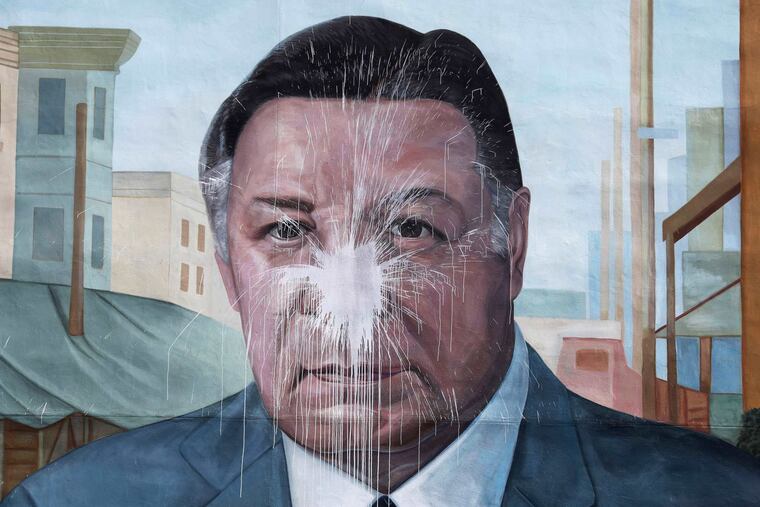Why Philadelphia’s murals are not vandalized more often
“Anyone can go up to a mural at any given time and deface it, but people just don’t,” Golden said. “Only about 5 percent of the murals that we have have been defaced.”

“Anyone can go up to a mural at any given time and deface it, but people just don’t,” Golden said. “Only about 5 percent of the murals that we have have been defaced.”
